After Action Report - Crisis at the Border Visit with Theresa Greenfield
Tuesday, February 18th at noon
We are trying to set up a similar meeting with Republican candidate, Mariannette Miller-Meeks, who is running in the Republican primary for the Congressional seat of retiring Representative Dave Loebsack. We will also visit with other candidates or elected officials in both Iowa and Illinois. Contact Alta if you want to participate.
Alta Price

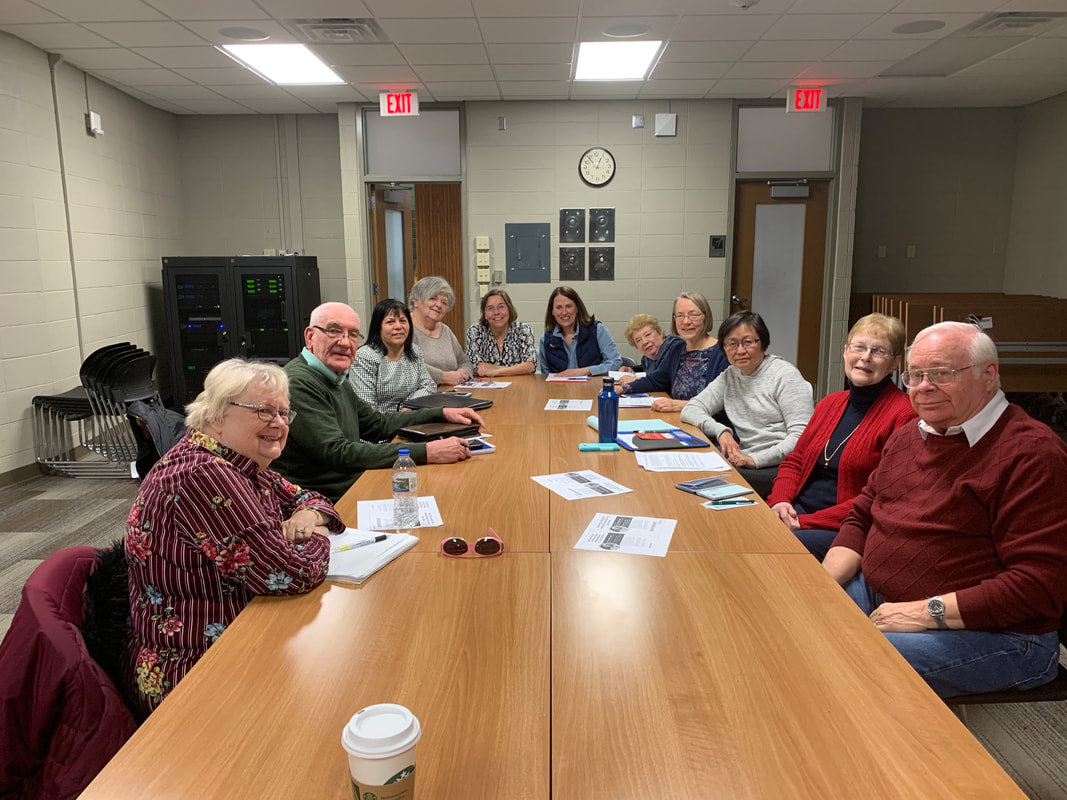
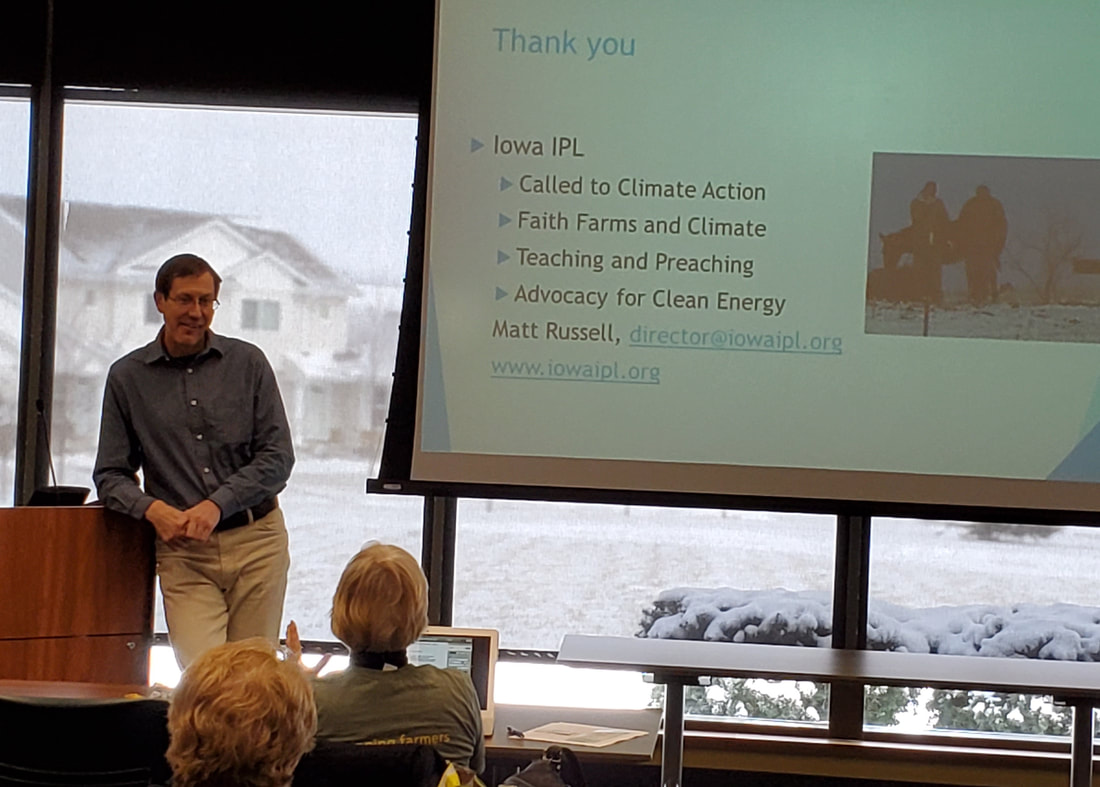
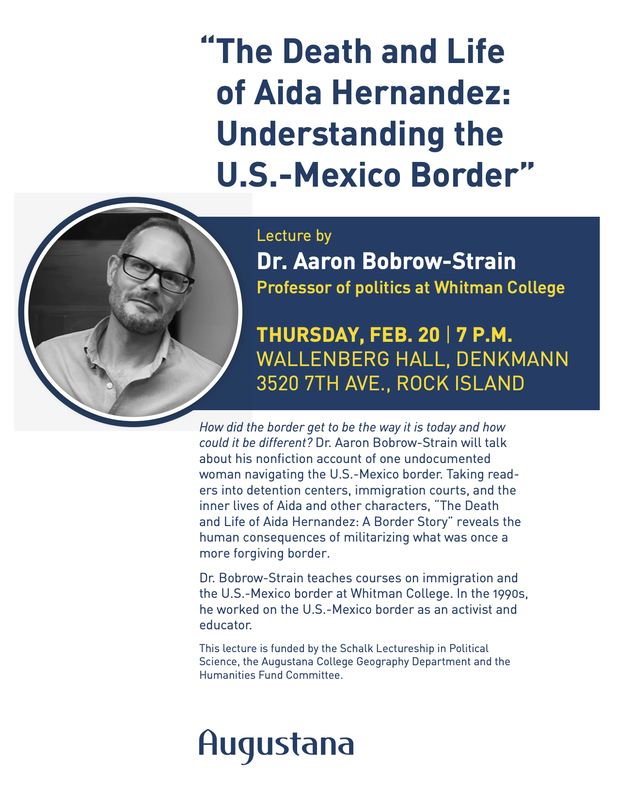

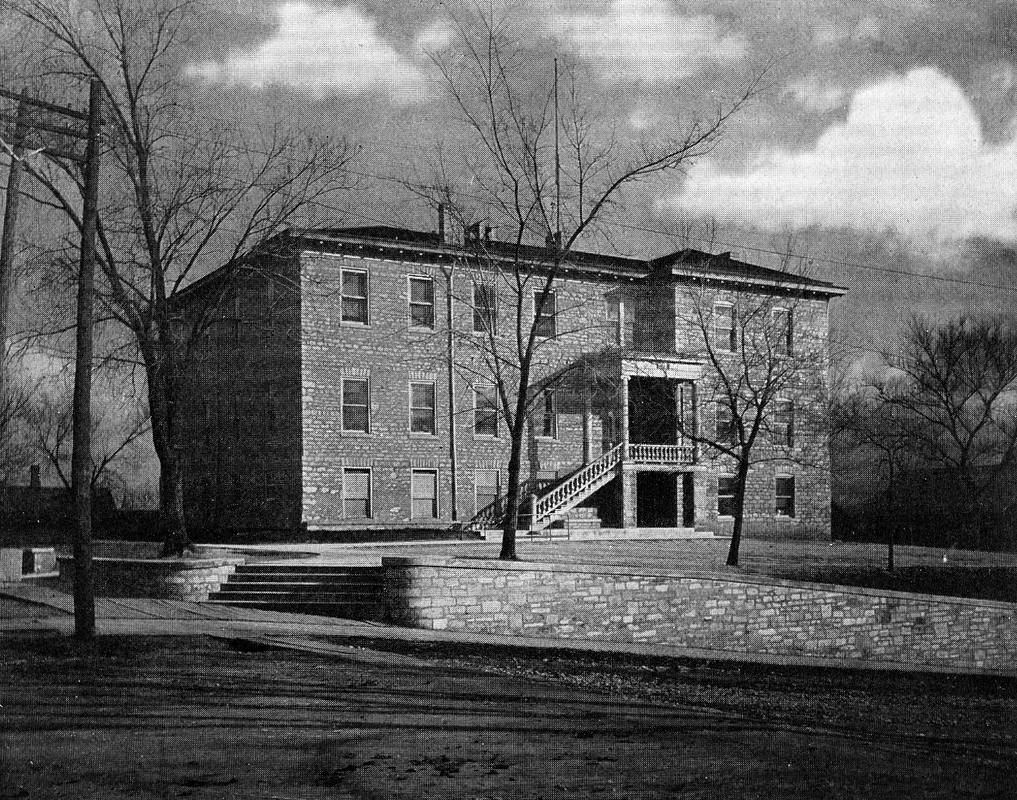
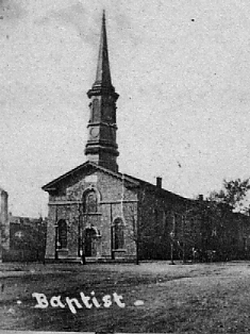
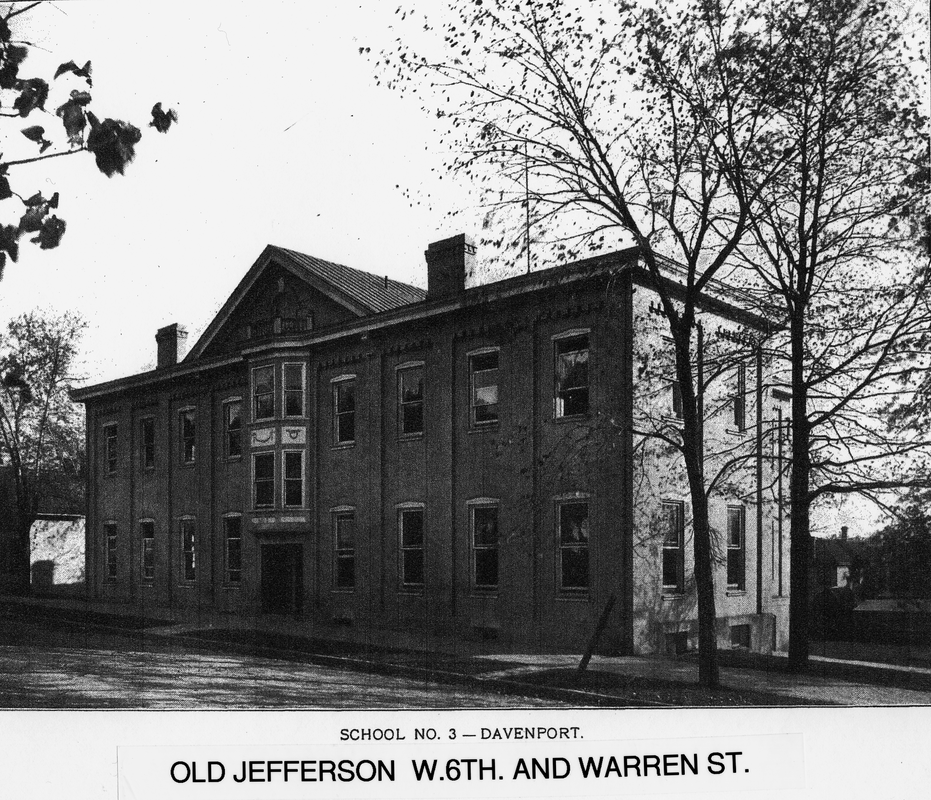
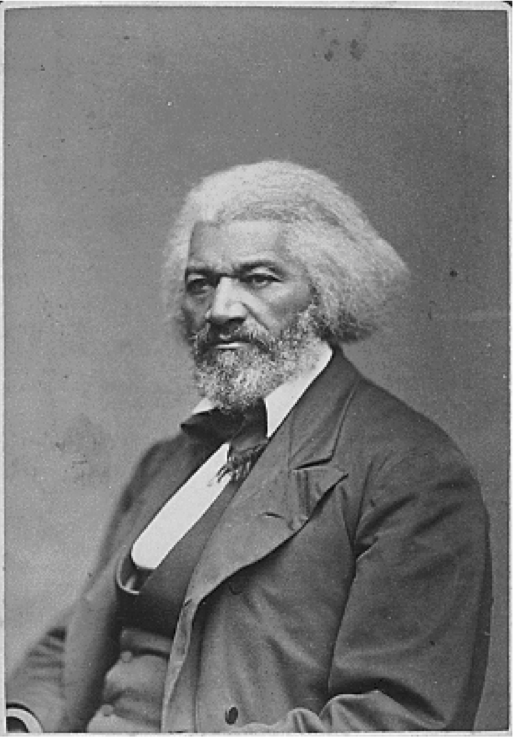
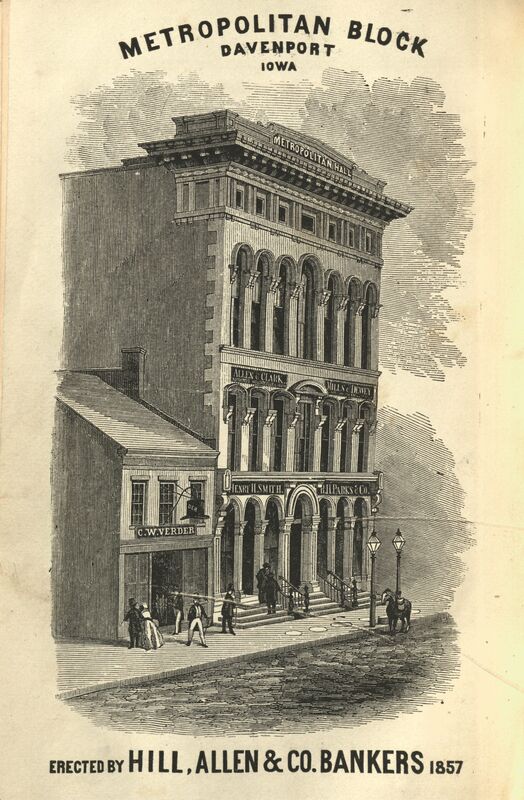
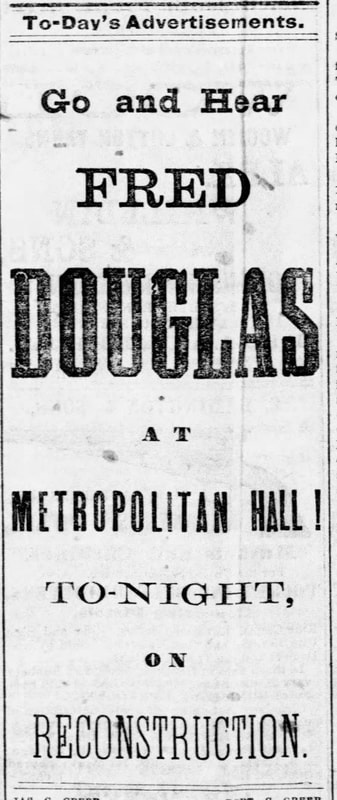
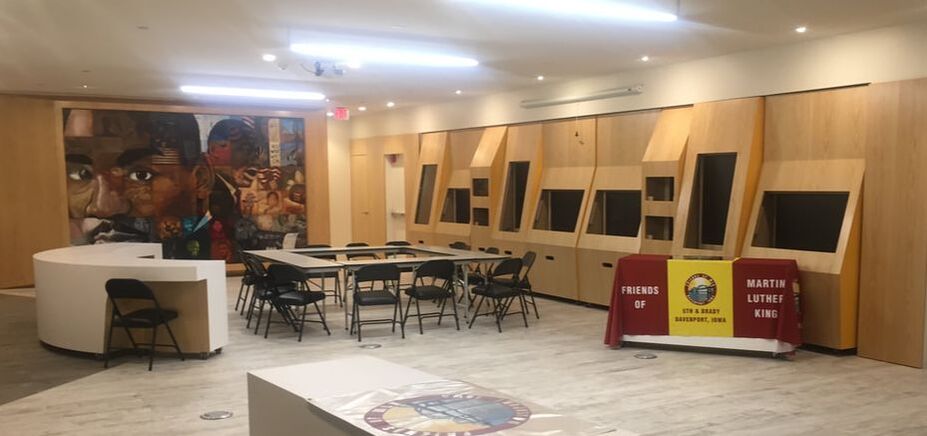
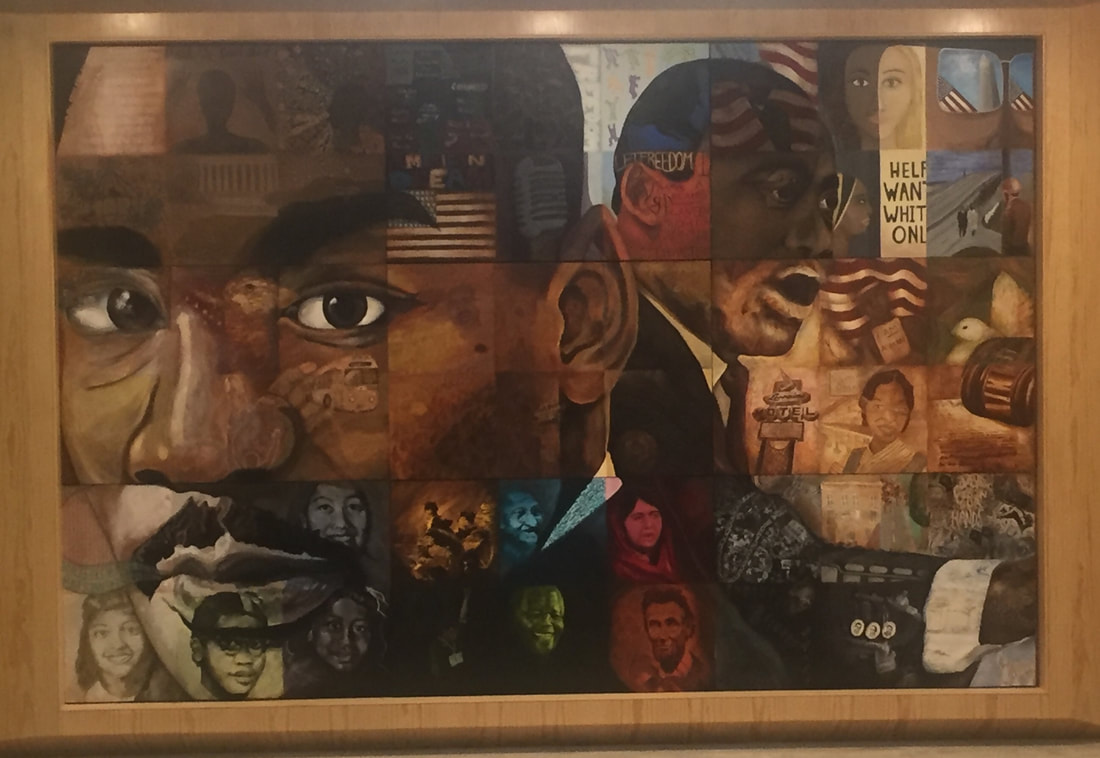
 RSS Feed
RSS Feed


